

Paddy Donnelly, author of The Vanishing Lake, talks all things illustration for Under the Covers
‘You need to keep drawing, drawing, drawing. There aren’t any real shortcuts. It’s so vital to keep up the practice and eventually things will fall into place if you stay committed.’
What brought you to illustration?
My background is actually in web and graphic design. I never studied art or illustration at all. I worked for years as a web designer, and then transitioned into designing mobile apps. I created a few iPhone and iPad apps for kids, which I really enjoyed.
That mix of illustration and design, and the fact that each project was quite different really appealed to me. That’s what spurred me into the world of picture books, and I’m loving it!
What is the most misunderstood thing about an illustrator’s role?
A lot of people think that an illustrator’s job is really easy to do and that it’s just fun all the time. Don’t get me wrong, it’s a TON of fun being an illustrator, but it’s also a lot of work.
There are deadlines, there are frustrations, just like in any job. Bringing that creativity to a book each time, establishing a strong look and feel, discovering the characters and creating all of the detailed illustrations does take a lot of effort. But holding that finished book in your hands is worth it.
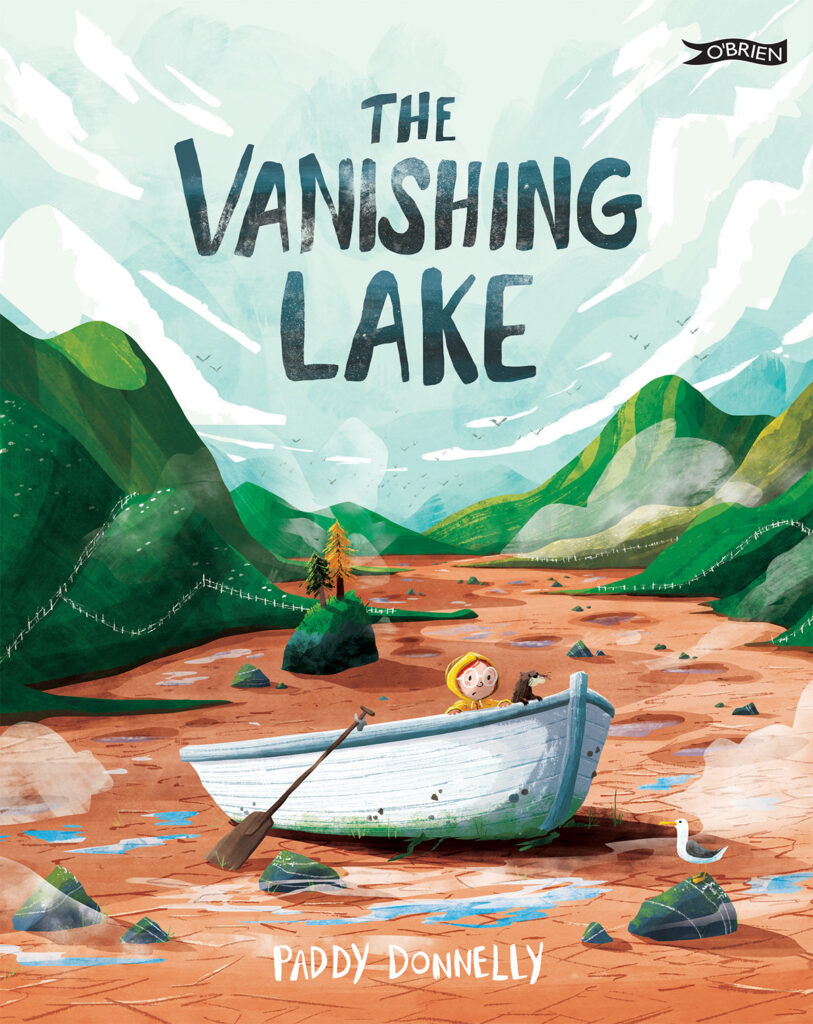
What gives you a buzz about your work?
Sharing my books with children and hearing from them that they liked it. Listening to them telling me that they spotted something hidden in an illustration, or hearing what they think happens to the characters after the story ends. That feedback and interaction really is the best reward.
How do you approach illustrating someone else’s story, as opposed to your own?
When I’m illustrating another author’s text, that story has already gone through rewrite after rewrite, so it’s already quite finalised. So I don’t really want to change anything in the text and my illustrations are ‘phase two’ of the process. Together with the art director we do make an effort to blend both parts together seamlessly though.
When I’m working on a story I’ve written myself then I can be a lot more ruthless when it comes to chopping and changing words to fit with the illustrations, and vice versa.
For one of my own books, like The Vanishing Lake, it’s a very back and forth process, pruning text and illustration together up until the last moment.
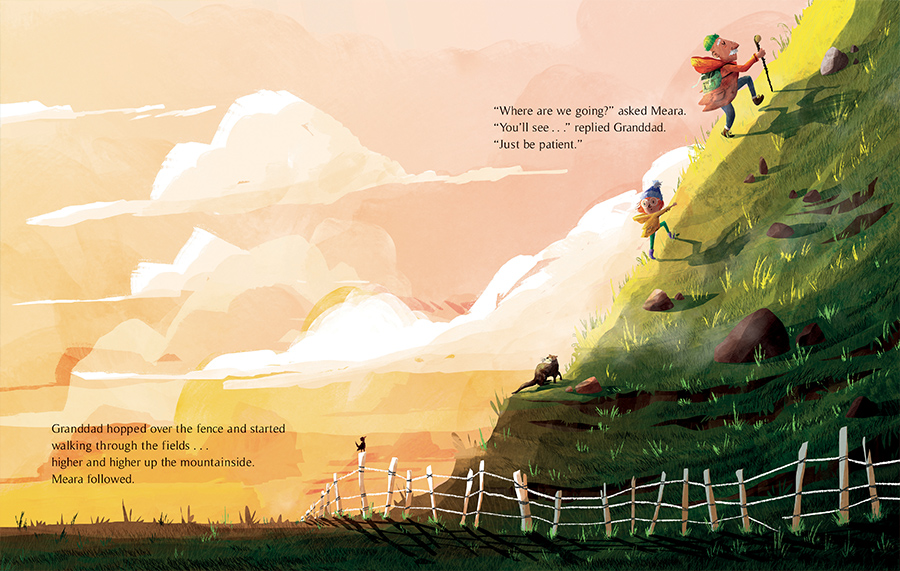
When you are illustrating for children, what do you keep in mind?
When illustrating for children, I try to include lots of animals and little background elements in the illustrations that children can pore over on their second, third and tenth reading of the book.
But the thing about creating picture books is that they are for both adults and children. Usually a parent is reading it to a child, so you’re creating something for that special moment between both adult and child. There always has to be something in the illustrations and text for the adults too.
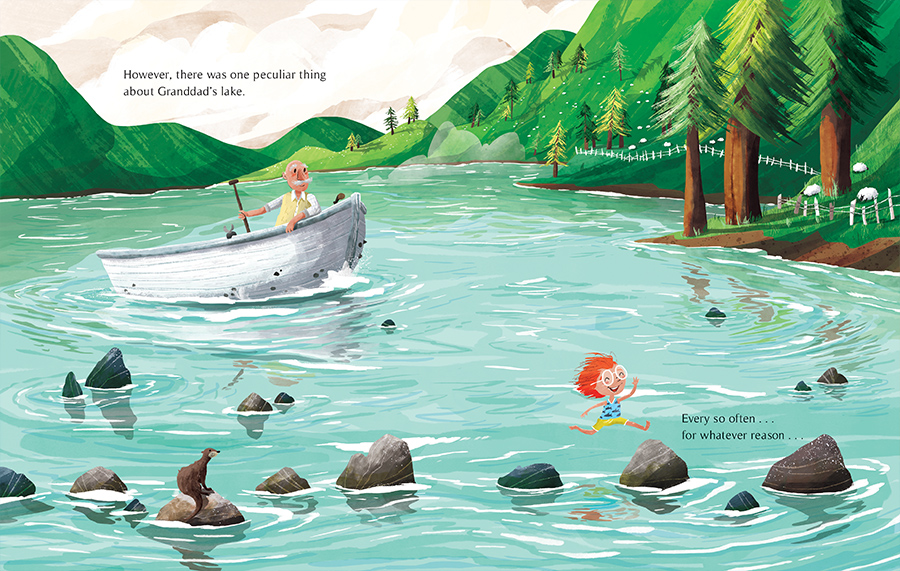
What’s been the most challenging thing for you about your journey into illustration?
Definitely getting your foot in the door is tough. It’s a very competitive industry to work in, however once you’ve made a connection with a publisher and they know you can deliver the work, they’re much more likely to return to you for a second project.
So in the beginning you’re creating a lot of artwork for your portfolio, sending it out there, showing it off to publishers and sometimes not hearing much back.
That can be disheartening, but eventually with enough persistence you start to make little dents into the industry and eventually the projects get better and better, as does your work.
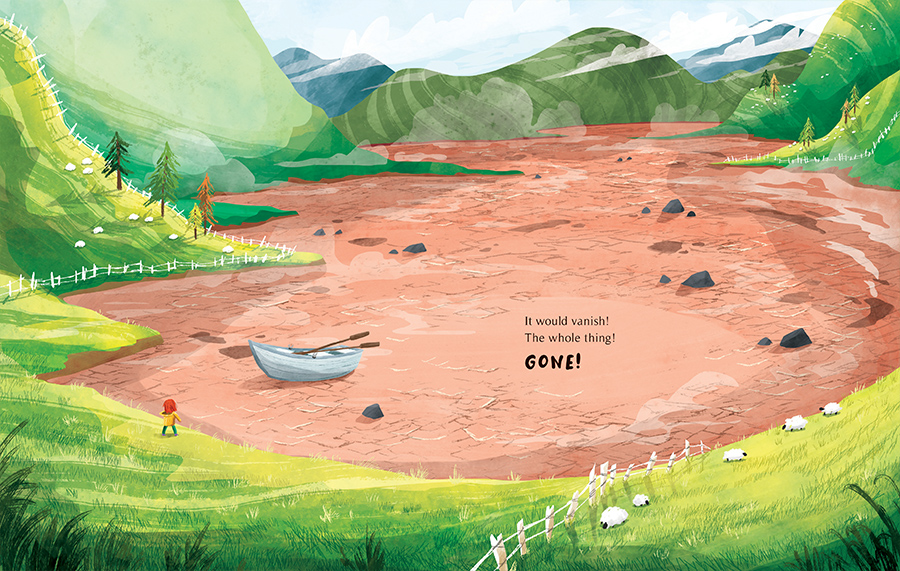
What inspired The Vanishing Lake?
The book is all about imagination and the wonder of the natural world. The story is actually based on a real place, close to where I grew up in Ballycastle, County Antrim. It’s a lake called Loughareema which actually does disappear and reappear every few days.
Growing up on the North Coast, I was surrounded by myths and legends, and amazing places like the Giants Causeway and I think that’s had a big influence on what stories I like to write about.
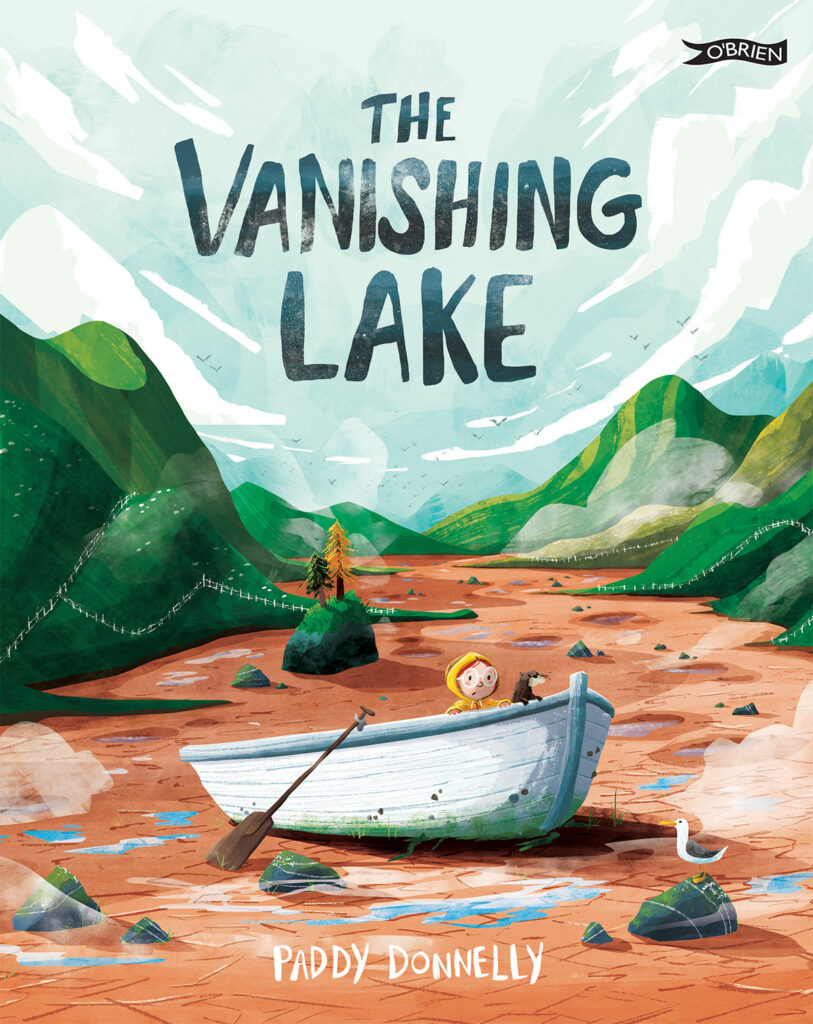
Something mysterious is happening at Grandad’s lake. There are days the lake is beautiful, shimmering, and full. And then there are other days . . . where the lake is completely empty! Meara asks her granddad why the water disappears, but doesn’t believe any of his far-fetched stories of mermaids, giants and narwhals. Meara sets out to uncover the truth for herself. Little does she know the answer is much larger than she realizes…
The real Vanishing Lake
I’ve been living in Belgium for a number of years and hadn’t thought about the real vanishing lake back in Ireland for a long time. It popped into my head again as I was coming up with story ideas. I thought the mystery surrounding why it disappears and reappears could be an interesting hook, and then I added a bunch of magical stories into the mix.
Having my main character reluctant to believe the stories, made it possible to keep coming back with bigger and wilder ones. The Irish landscape definitely had an influence on the look and feel of the textured illustrations too.
The book has been translated into five languages so far, and has won the gold medal for picture books in the Independent Publisher Book Awards 2021 and most recently has been longlisted for the World Illustrations Awards 2022.
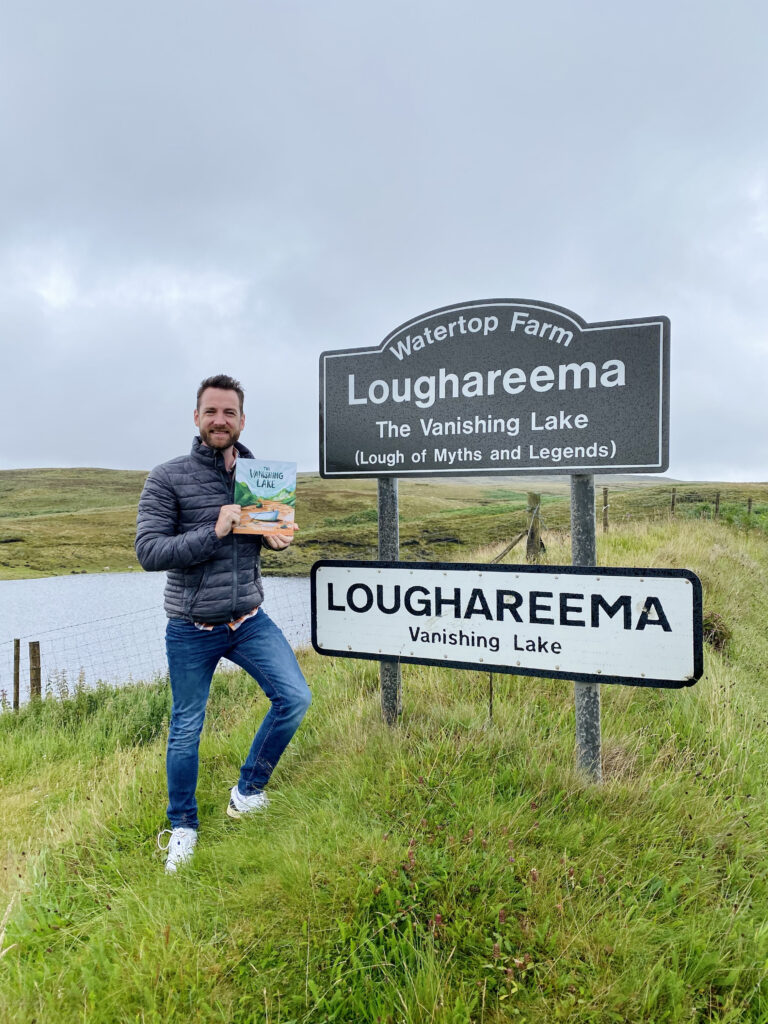
What advice would you give to someone who is thinking about becoming an illustrator?
You need to keep drawing, drawing, drawing. There aren’t any real shortcuts. It’s so vital to keep up the practice and eventually things will fall into place if you stay committed.
Creating children’s books really is a dream job, but there is so much work that goes into it that nobody sees. If it really is your dream to become an illustrator, you need to dedicate so much time and effort into it.
As well as writing a lot, you need to read, read, read. Read lots of picture books and figure out what works especially well in them. Take notes on how the book is structured, how the story grabs you, what details the illustrator has woven into the artwork. It’s important to get really familiar with the picture book world before you can start creating your own stories.












